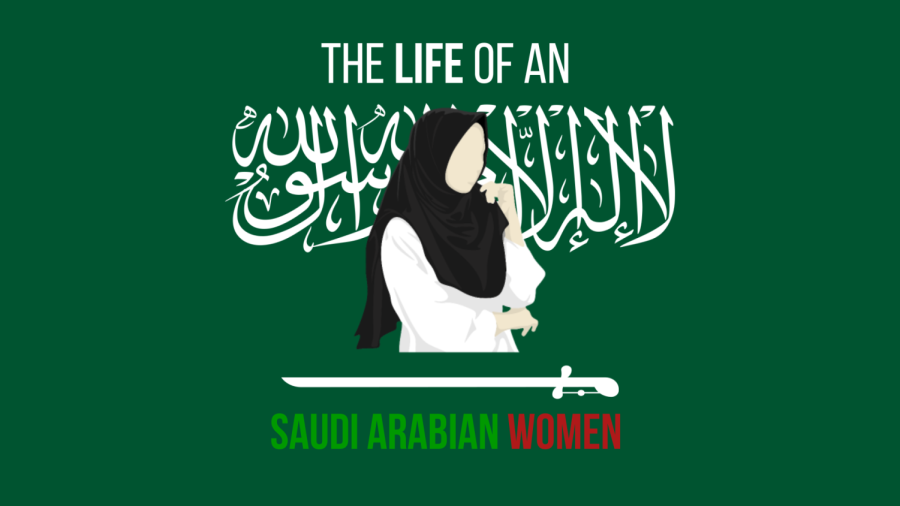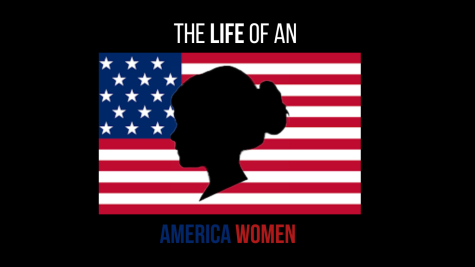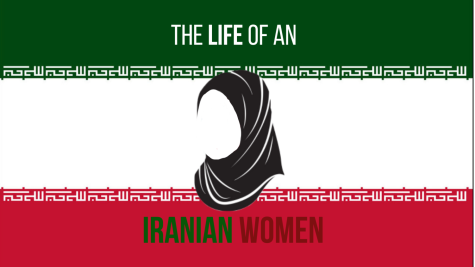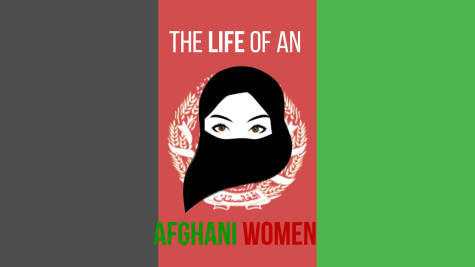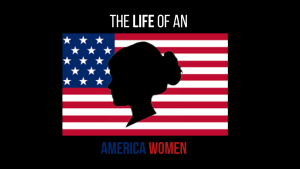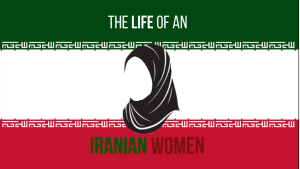The Life of a Saudi Arabian Woman
The life and history of a women living in Saudi Arabia.
March 13, 2023

Saudi Arabia is mainly an Islamic nation that follows the system of Sharia law. Sharia law is based on a combination of the Quran, the holy book of Islam, and teachings from the prophet Muhammad. The five primary objectives of the Sharia include the protection of sound religious practice, sanity, life, the family, and individual/collective wealth. Sharia law enables strict religious ideologies that most of Saudi Arabia pursues. Most of these strict ideologies directly affect the lives of women who live there. The history of women’s rights in Saudi Arabia has been a long journey, as the fight for equal rights has been going on for decades.
The History of Women’s Rights in Saudi Arabia
In 1955, Saudi Arabia opened up its first school for women to attend. This school was named Dar Al Hanan School and was located in Jeddah. At the time of opening, only thirty girls were granted enrollment. Twenty-five years later, higher education for women was offered. The Riyadh College of Education was the first institution to give women access.
In 2001, women were permitted to obtain their own personal ID cards with the authorization of a male guardian. These ID cards help women prove their identities if they are required to. Five years later, in 2006, women were finally allowed to obtain these ID cards on their own without the approval of a male guardian.

Most marriages in Saudi Arabia have been decided through a contract that only the groom and the father of the bride have access to. In these contracts, men are able to force women into marriage without their consent. Although these contracts still exist, in 2005, forced marriages became illegal in Saudi Arabia, which gave women a small say in who they marry.
If a marriage doesn’t succeed, a man can get a divorce whenever he wants by saying through a talaq, “I divorce you,” three times under court verification. Although, for women, obtaining a divorce is much more challenging. They must convince the Saudi courts by supplying both a reason and strong evidence of any of the following; physical abuse, infidelity, sexual abuse, or criminal activity. This process is called khula or khul.
In 2009, the first female prime minister, Noura Al Fayez, was appointed. Noura became the first Deputy Education Minister for Women’s Affairs. After being appointed, Noura made women’s education in Saudia Arabia her priority. “This is an honor not only for me but for all Saudi women. In the presence of a comprehensive operational team, I believe I’ll be able to face challenges and create positive change,” she told Arab News.
“This is an honor not only for me but for all Saudi women. In the presence of a comprehensive operational team, I believe I’ll be able to face challenges and create positive change,
— Noura Al Fayez
After there was speculation that Saudi Arabia may be banned from the 2012 Olympics over gender discrimination, they decided to allow women to compete in the games. One athlete who competed, named Sarah Attar, completed the women’s eight-hundred-meter race in London and made history by being the first female to run wearing a headscarf.
In 2013, women were permitted to ride pedal bikes and motorcycles. However, this permit required women to ride in recreational areas wearing a full abaya and/or veil while being escorted by a male guardian.
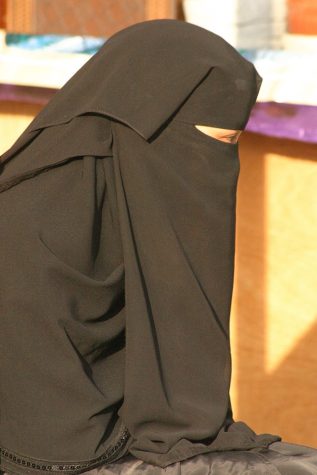
In February of the same year, thirty women were sworn into Saudi Arabia’s Shura Council. This shift authorized women to be appointed for other government positions as well as running for office. Two years later, in 2015, all women were given to right to run for office as well as vote for the first time in history. In the 2015 polls, a total of twenty Saudi women were elected to municipal positions in the absolute monarchy.
In 2018, women were entitled to operate and drive vehicles. This law has not only granted women the right to drive but also the right to drive without a male guardian. This law allowed women to commute to places on their own without the approval of a man. After this law was announced, dozens of driving schools began catering to women. Now over ten thousand women are driving and licensed in Saudi Arabia. Rawan Radwan, a reporter for Arab News, spoke out, saying, “I am commuting to work today, just getting my coffee, it’s a good time…Congratulations to every female driver in Saudi Arabia.”
The fight for women’s rights in Saudi Arabia has been a long journey. Women there have been fighting for equal rights for decades. These women have been subjected to live a life where they are not seen as equivalent to the male gender. In most cases, they do not possess the liberty to make their own choices without the permission of a male guardian.


